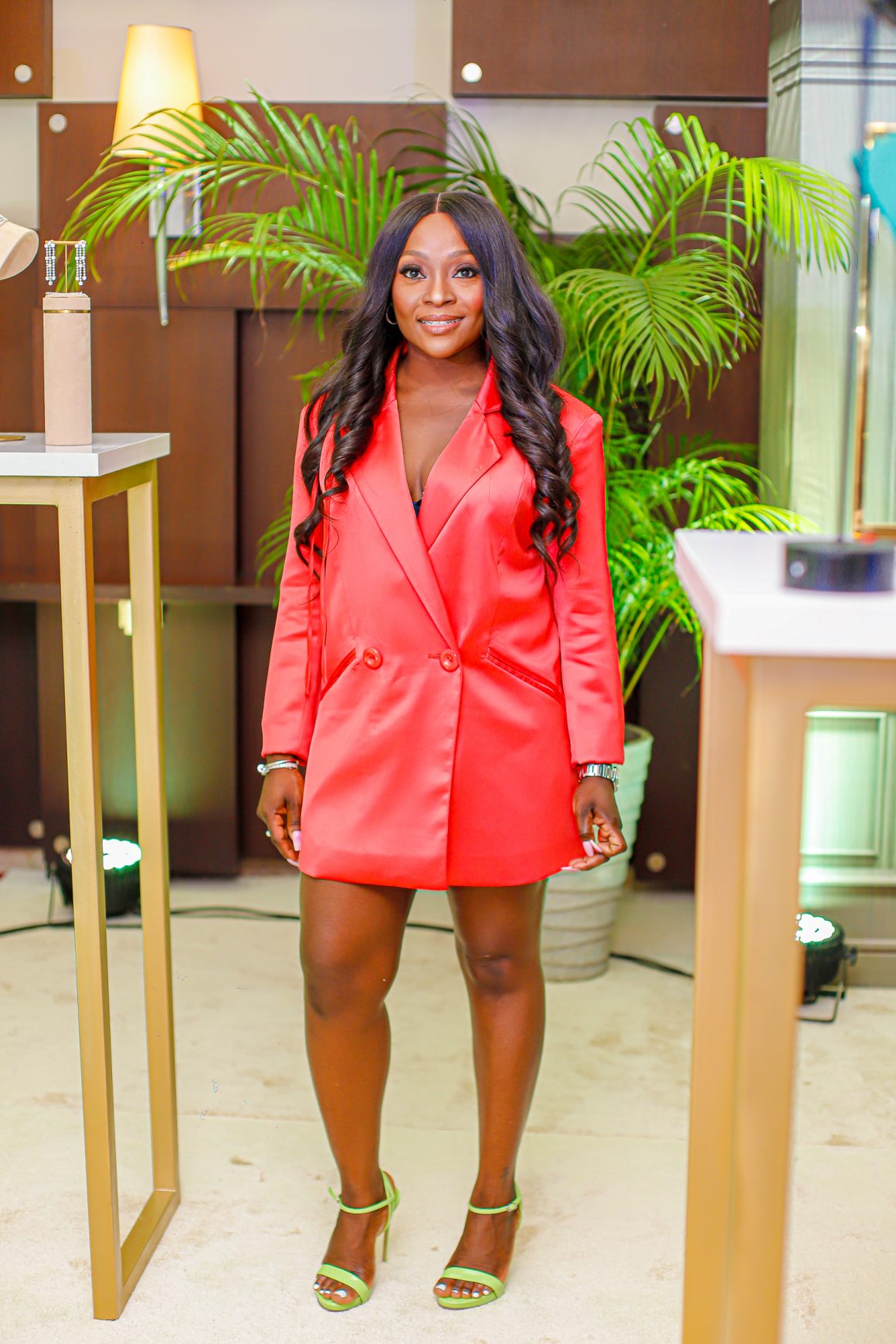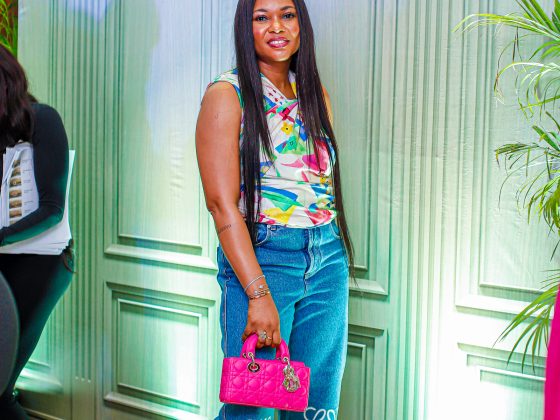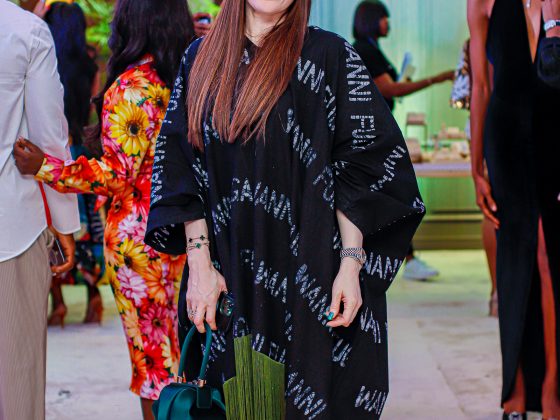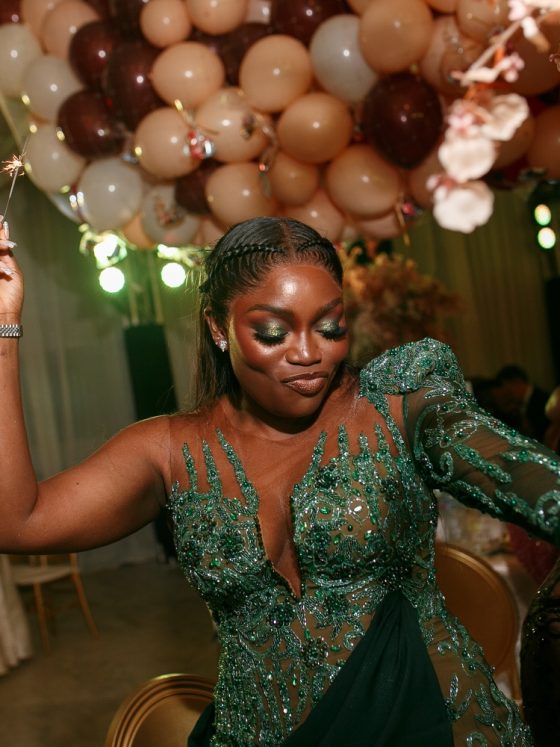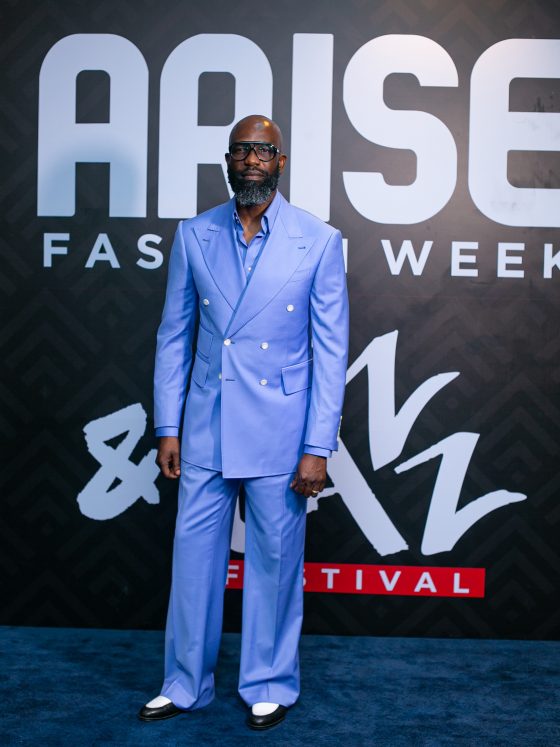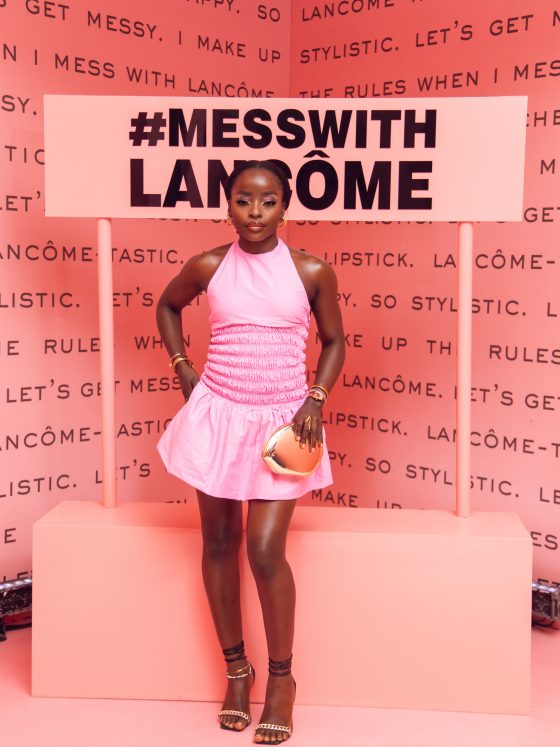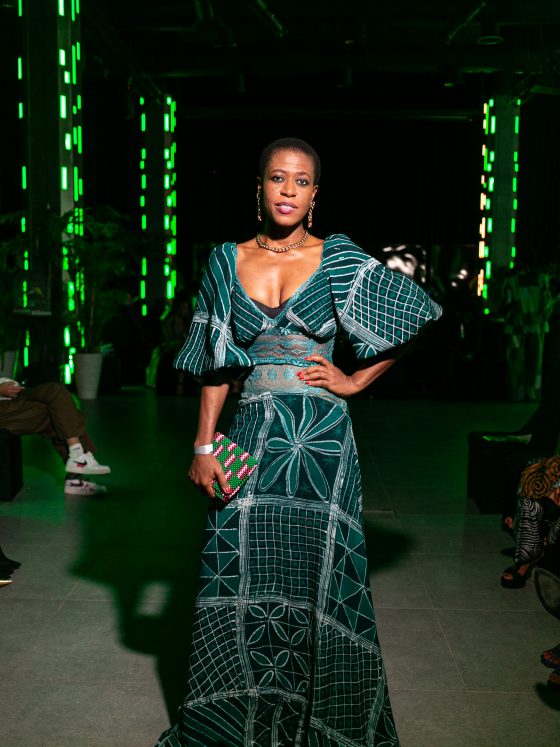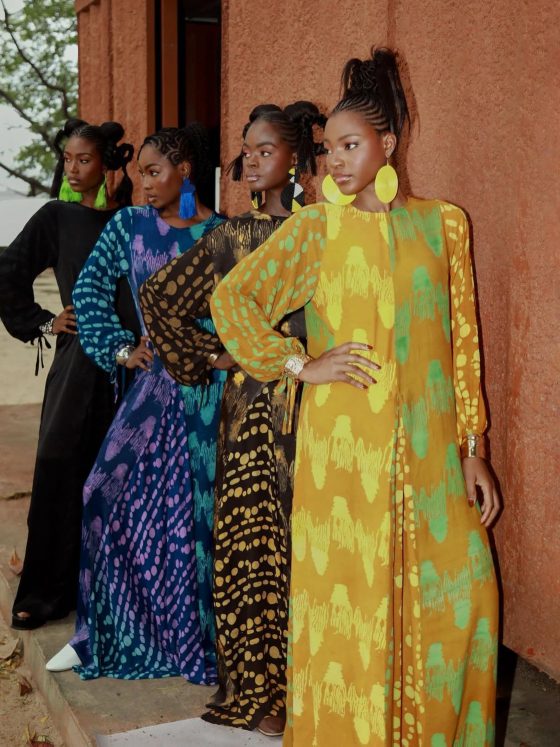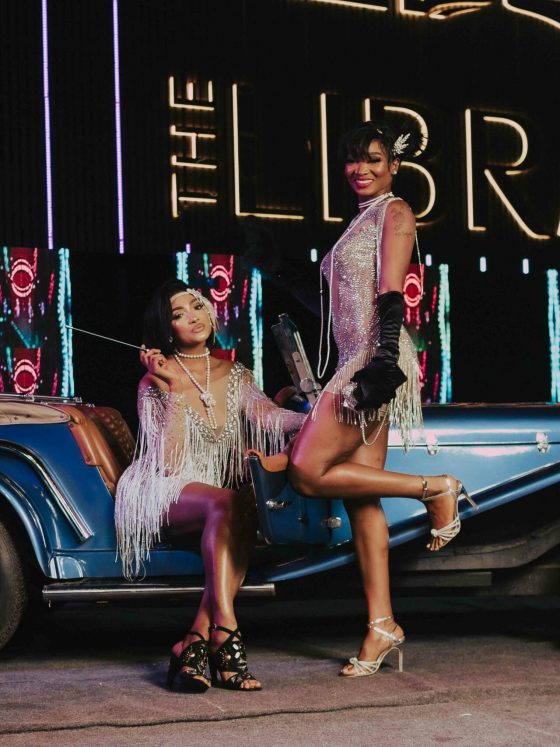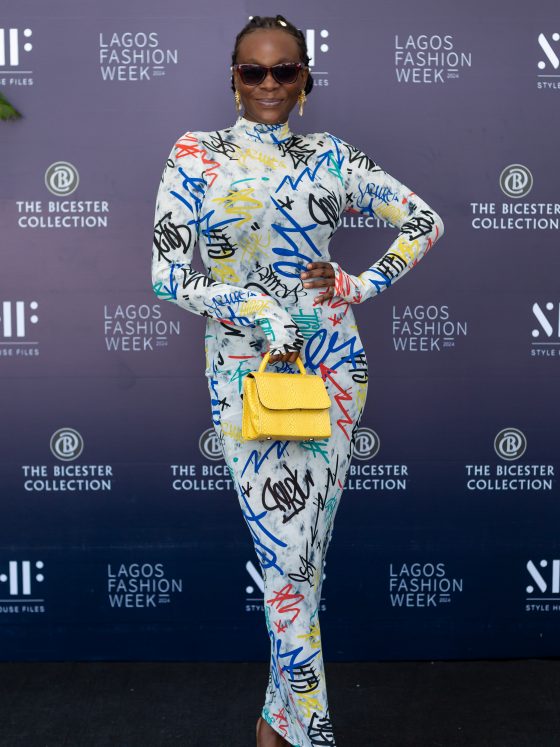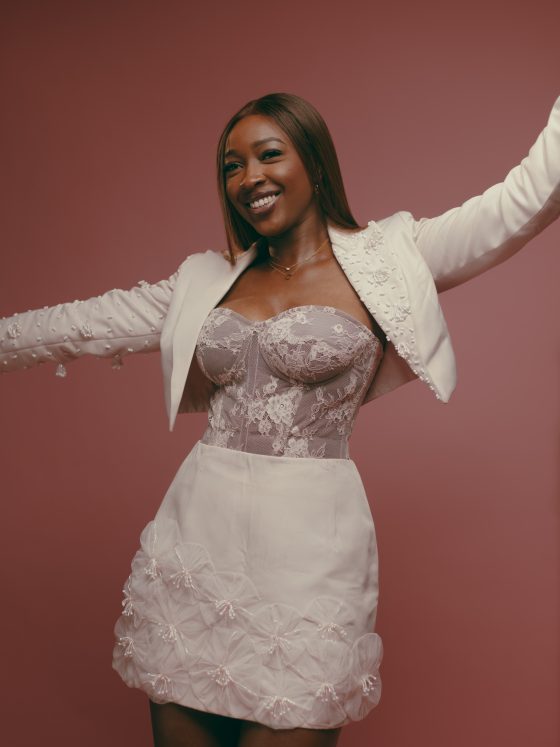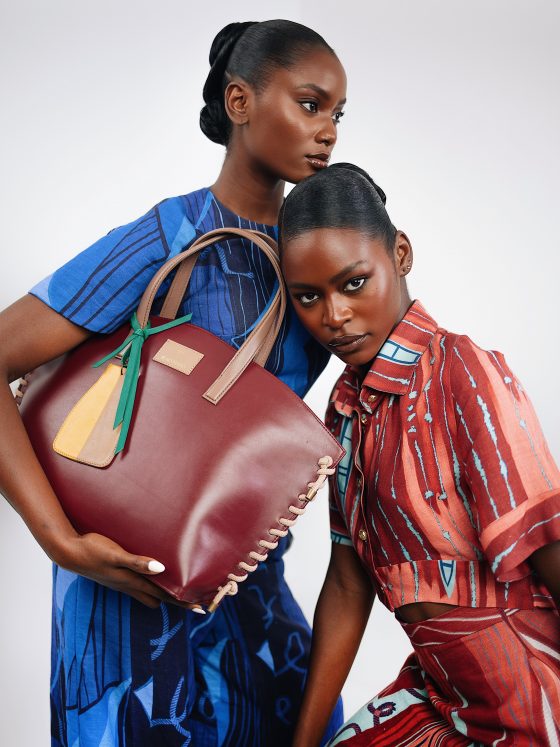For the longest time, our wardrobe choices have been guided by a set of rules known as the dress code. It’s an unwritten guide that whispers in our ears, suggesting what to wear at weddings, business meetings, or casual get-togethers—generally playing a vital role in mapping out our social interactions. However, the present-day narrative of individuality challenges its relevance. It begs the question: Are dress codes still as significant as they once were, or should our clothing choices reflect our personal style instead?
Dress codes have historically served as a safety net, a cocoon of comfort. They ensure we are impeccably dressed for every occasion and wouldn’t stick out like a sore thumb in a crowd dressed in suits and ties while we turned up in Bermuda shorts. Dress codes embody the timeless virtue of respect for events and institutions, giving a warm embrace to the traditions that have sewn the fabric of society together. Moreover, in settings like offices, schools, and formal events, dress codes instil a sense of camaraderie and equality. There is no denying the charm of a uniform look that unites all and leaves no room for awkward differences. The values of dress codes are deeply ingrained in societal norms and traditions, rendering them indispensable.
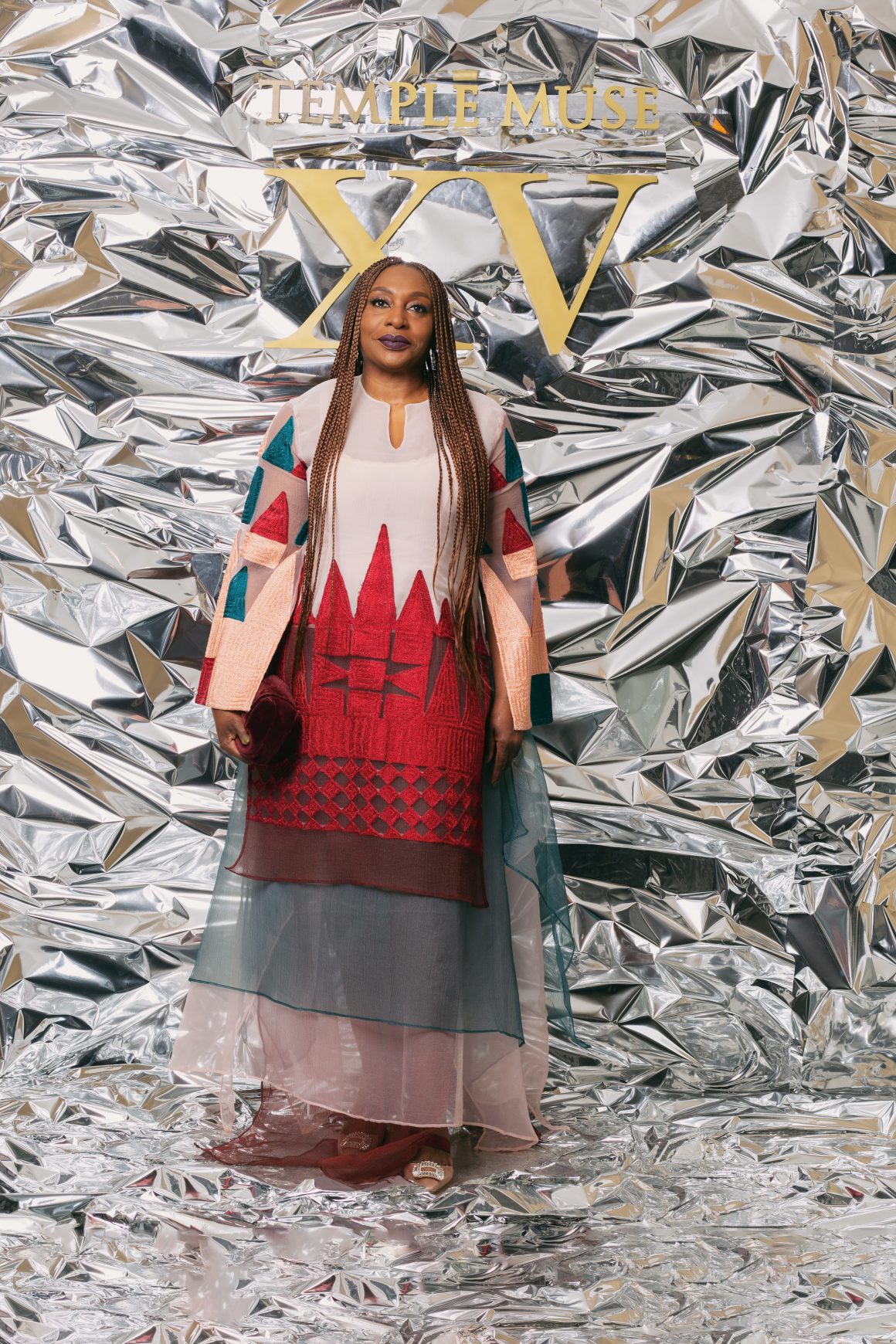
However, as the narrative evolves, dress codes are not the only characters in the story anymore. In comes the protagonist of personal style. It allows us to script our own narrative and say who we are without uttering a single word. Personal style is the paintbrush with which we colour our canvas. It reflects our personalities, our values, and our individuality. Imagine your clothes as your chosen armour, shielding your identity and empowering you to stand out in a crowd and say, “This is me.”
But let’s hit the pause button and rewind. Should the debate really be about choosing one over the other? Are we placing these two concepts—dress codes and personal style—on opposite ends of the spectrum, making it seem like we must choose between conformity and individuality? Or can there be a meeting point, a harmonious blend, or a mix of the two? The truth lies somewhere in the grey area, where we can negotiate a truce between the rigidity of dress codes and the flexibility of personal style. We could honour the essence of dress codes while infusing a bit of our own style, letting our true colours shine through. The next time you are at a black-tie event, you don’t have to stick to a sombre, plain tie. Why not wear one with a bright pattern or a quirky design? It’s about finding that sweet spot where you fit within societal expectations while still being true to your uniqueness. Such a blend could lead to an exciting cocktail of uniformity and individuality, leading to a richer, more colourful social experience.
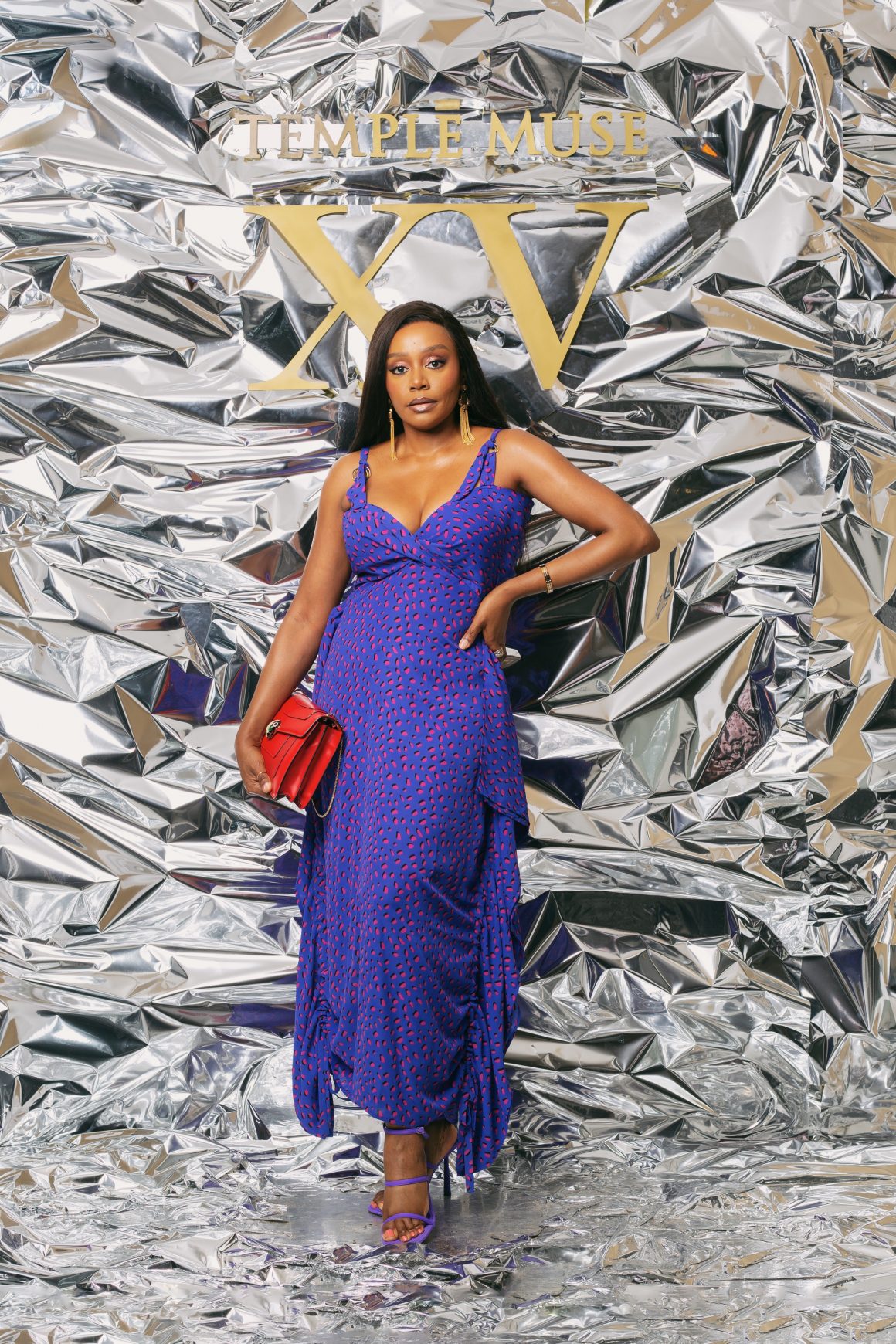
As we stride into the future, the relationship between dress codes and personal style will continue to evolve. Dress codes have proven their mettle, and they still hold their ground. But personal style isn’t to be dismissed. It has emerged as a strong contender, a force reshaping the social dynamics of dressing. A perfect harmony between the two could lead to a society where rules don’t strictly bind us, nor are we floating adrift in the sea of individuality.
So, are dress codes still relevant? Absolutely, they are! However, their significance doesn’t eclipse the importance of personal style. It’s about understanding the syntax and semantics of dress codes and then adding a twist of our own, creating a language that truly speaks ‘us’. Our clothing choices shouldn’t just be about conforming to expectations; they should also echo our unique personality and creative spirit. Our wardrobe is a canvas. Let’s paint it with the colours of tradition and a splash of personal flair.

